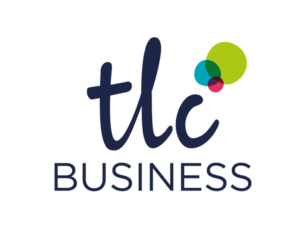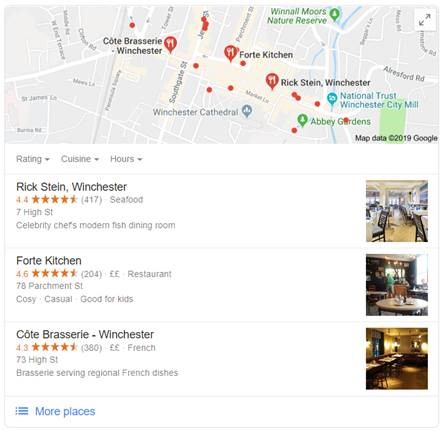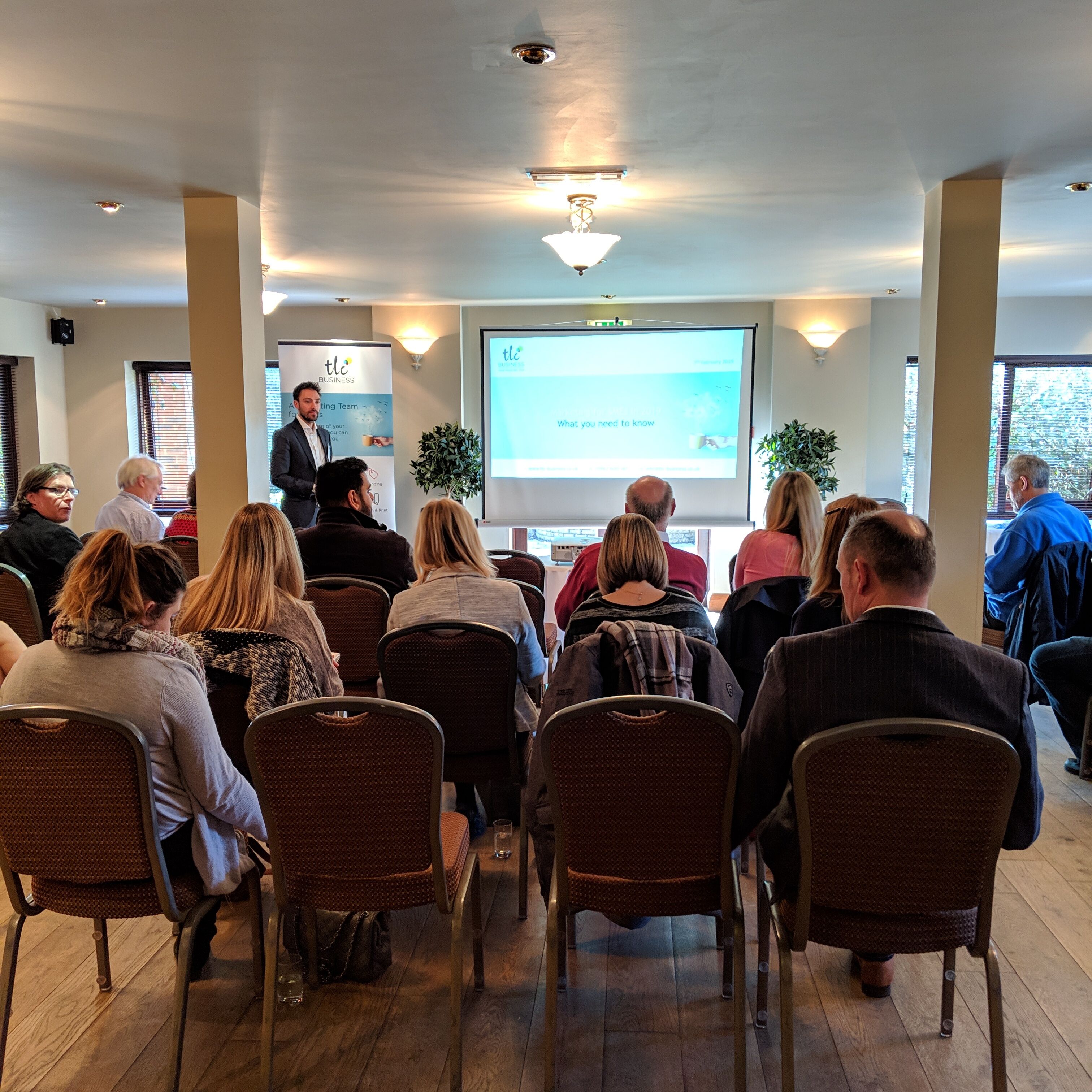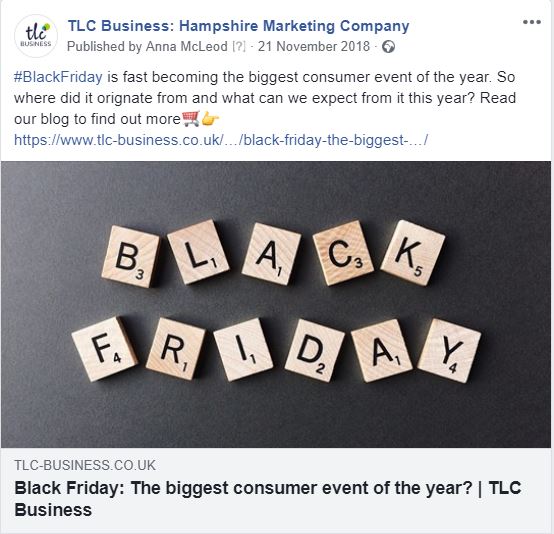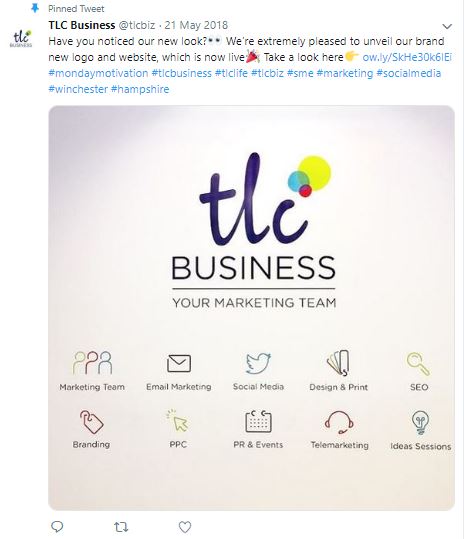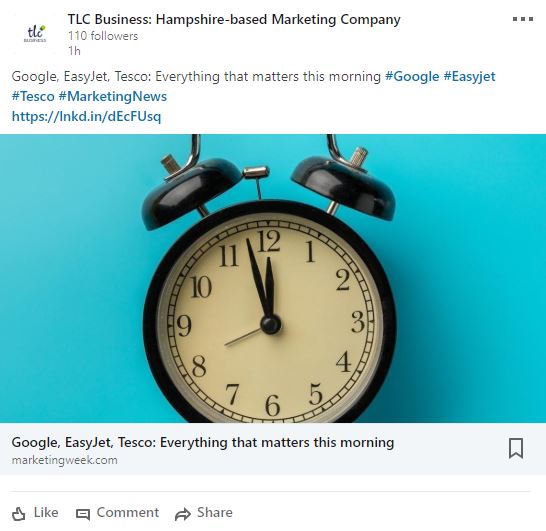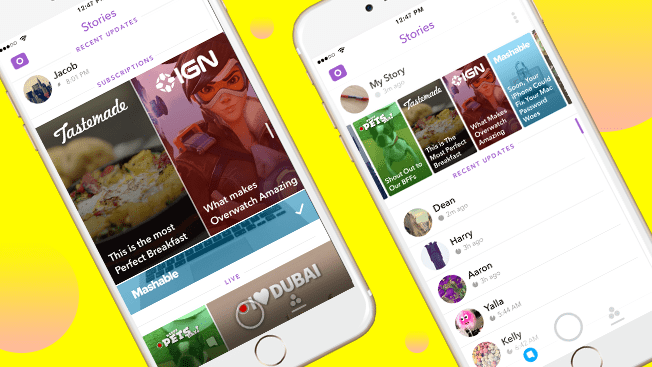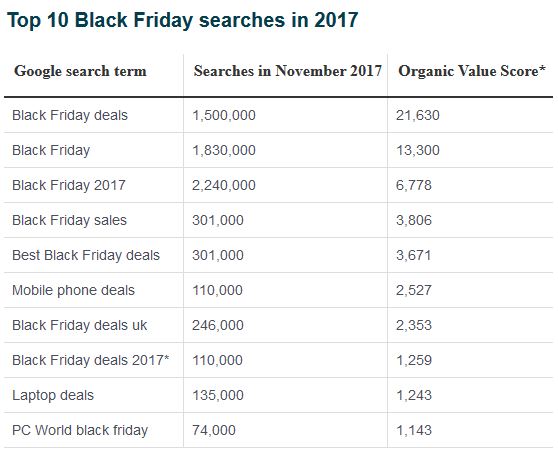The TLC Business Annual Marketing Lunch 2020
Essential Marketing Insights for SMEs ‘How to get the most out of your marketing buck’.
It’s that time of year again for the TLC Business Annual Marketing Lunch, where we will be providing SMEs in Hampshire with useful insights, tips, guidance and advice around how to get the most from their marketing budget in the year ahead.
This year’s free annual marketing seminar will be held at the Holiday Inn Winchester on Thursday 13th February 2020 from 12pm-2pm. Full details of the event can be found below but if you have any questions, please do not hesitate to contact us.
Spaces for this event are limited, therefore you must book your place in advance to confirm your attendance.
Please note: this event is not eligible for other marketing or creative agencies.
Event details:
Date: Thursday 13th February 2020
Time: 12pm – 2pm
Location: The Monarch Suite, Holiday Inn Winchester, Telegraph Way, Morn Hill, Winchester, Hampshire, SO21 1HZ
Refreshments: Buffet lunch & refreshments provided
Price: Free
Topics we’ll cover:
– Social media – how to make it work for your business
– PPC (Pay per click advertising) – why it is an important part of your marketing mix
– SEO (Search engine optimisation) – the fundamentals
– Email marketing – is it still relevant?
– Content – what should we be creating?
– How to stand out from the crowd
– How can I find out what is working?
We hope to see you there!
